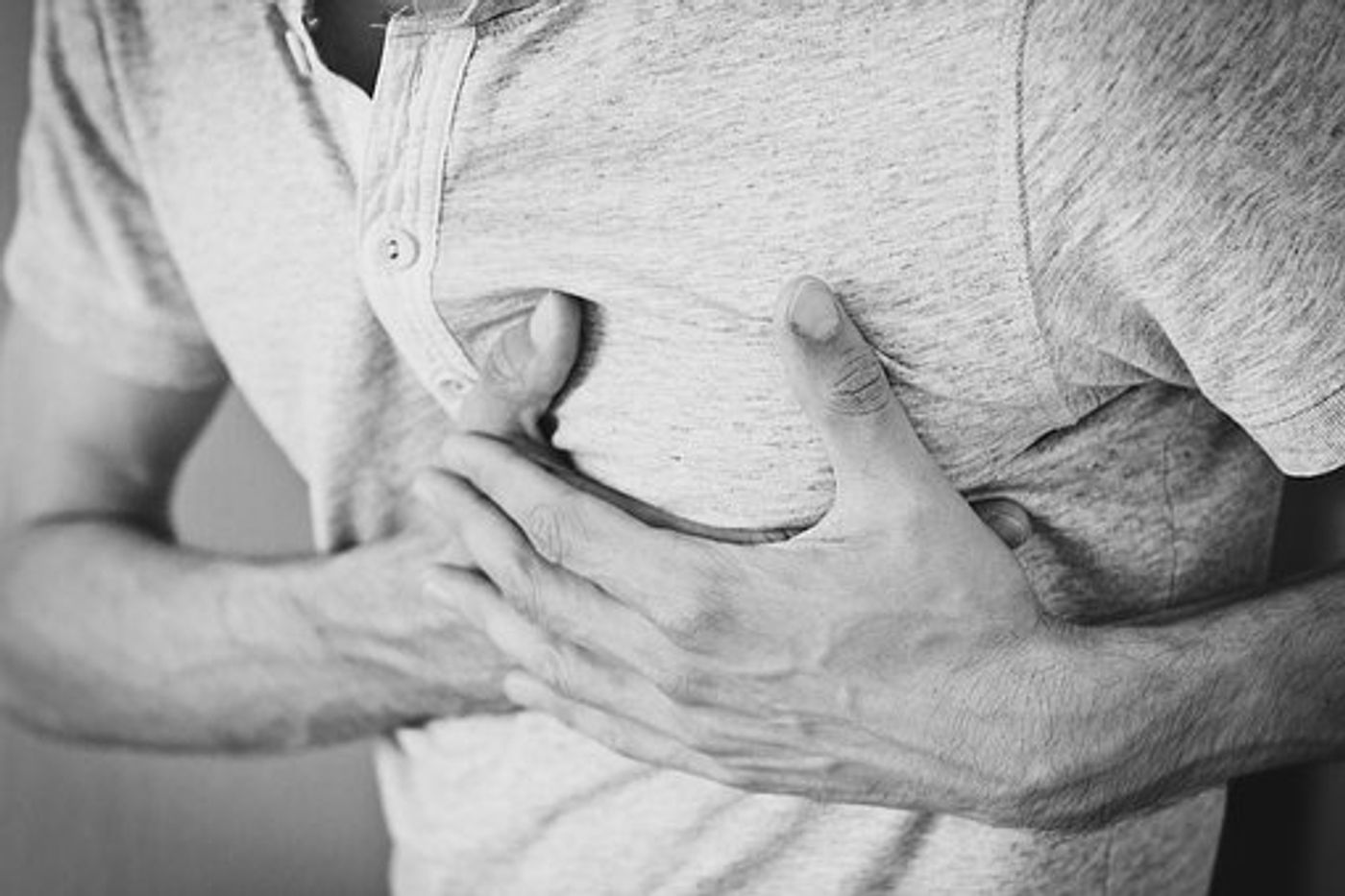Helping patients breathe normally again post heart failure.
One of the most common complaints from those recovering from heart failure (HF) is shortness of breath or dyspnea. This difficulty breathing is often viewed as a symptom of HF and therefore does not get directly addressed. Instead, improving the condition of the heart and supporting arteries, veins and vessels are the focus of medical attention.
Most post HF care relies on medications like beta blockers, surgeries such as a coronary bypass, medical devices such as a pacemaker, pain management in the form of drugs or possibly end-of-life care. For those who do begin to recover, one of the most challenging aspects of said recovery is the loss of function often reported due to shortness of breath.
This loss of function makes for an incredibly arduous recovery for patients as they attempt to regain the ability to complete mundane daily tasks. It, therefore, seems evident that part of the patient’s recovery should focus directly on alleviating these difficulties with breathing. Shockingly, the dyspnea treatments currently in use do little to help a patient regain the ability to breathe comfortably on their own instead of focusing on oxygen supplementation.
Exercise is widely known to improve both the condition of the heart and the ability of the lungs to take in and process oxygen. Patients though are rarely, if ever, referred to exercise professionals following heart failure. This missed opportunity for collaboration between health professionals is mainly because post HF patients are likely to be intolerant to the exercise modalities used on the general population leaving exercise as an afterthought. Additionally, training HF patients as a certified personal trainer (CPT) would require additional specialized training in inspiratory muscle training to include such training in a CPT's scope of practice.
This lack of appropriate training leaves more qualified and costly professionals like occupational therapists, physical therapists, and exercise physiologists to administer specialized post-HF training to help patients regain the ability to breathe comfortably. The lack of trained fitness professionals able to implement inspiratory muscle training, proven to help alleviate dyspnea in post HF patients, leaves medical treatments as the most commonly used option.
This chasm between professions then leads to an over-prescription of more medically based breathing interventions such as the use of supplemental oxygen from a tank. Exercise scientists though have something to contribute to heart failure recovery. A meta-analysis published this year in the European Journal of Preventive Cardiology looked at the data from several studies which sought to improve dyspnea symptoms in HF patients through inspiratory muscle training. Various studies use training interventions that ranged from 3 to 7 days per week, with patients working at 30 to 60% max inspiratory pressure, with programs lasting between six and 12 weeks. The analysis was seeking to isolate the most effective training regimen for reducing post-HF dyspnea.
The results of the analysis found that dyspnea symptoms were most reduced when training interventions called for patients to train at 60% max inspiratory pressure, six times per week, for 12 weeks. When implemented, this regimen resulted in marked improvement in inspiratory muscle strength, walking distance, and a reduction in feelings of shortness of breath in recovering post-HF patients. Because this muscular training requires little equipment to implement and can be done at home after initial training sessions, it is an incredibly cost-efficient option. That said the medical profession might be wise to consider adding inspiratory muscle training to the standard post-recovery care for HF patients.









